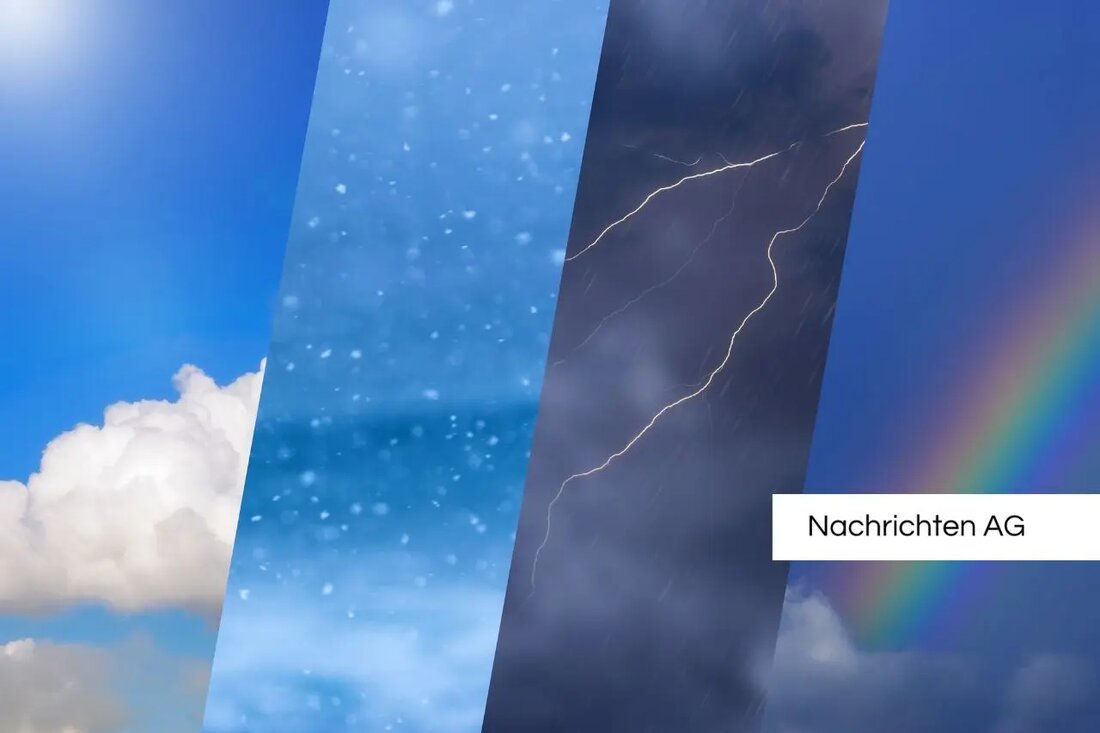Dryness and drought: Does the heat summer come to Germany in 2025?

Dryness and drought: Does the heat summer come to Germany in 2025?
Germany has been spared rainfall for weeks, while other parts of Europe suffer from violent storms. This stable high-pressure position, which is referred to as a block location, has meteorologically assumed the shape of an Omega location. Dominik Jung, a graduate meteorologist and climate expert, emphasizes that such blocks occur through global warming both more frequently and long-lasting. The current weather trend could not only be a temporary phase, but also an alarming signal for continuing drought, which could have far -reaching consequences for nature, agriculture and water resources.
The persistent drought leads to the first visible effects: early flowering plants are already evident and the water levels in rivers are falling. This happens during South and Northern Europe by heavy rainfalls and storms. Jung warns of the possibility of an extreme heat summer in 2025 and moves parallels to the years 2018, 2019 and 2022, in which similar samples were observed. Long -term weather forecasts also indicate an above -average warm and dry year. Cities and agriculture must therefore prepare for impending heat waves and drought.
agricultural challenges in the context of climate change
agriculture is faced with considerable challenges in times of climate change. It is responsible for 10-12 % of global anthropogenic greenhouse gas emissions. Mainly these emissions are generated by methane (CH4) and laugh gas (N2O), not by carbon dioxide (CO2). The increase in emissions, especially in developing countries, could achieve significant heights by 2030, which could exacerbate the availability of water and food.
The use of artificial fertilizers contributes significantly to laughing gas emissions. Methane is mainly created by cattle breeding and rice cultivation. In order to cover the global food requirement by 2030, an increase in food production is forecast by 50 %, which could be necessary to supply the increasing population.
long -term strategies and their raw material challenges
Opportunities to reduce greenhouse gas emissions are increasingly illuminated in the discussion, including the potential of bioenergy. This includes the use of plants that bind CO2 and serve as a replacement for fossil fuels. However, critics warn of the competition between energy plants and food production that could have serious effects on nutritional safety. The sustainable use of bioenergy could only succeed if it is not at the expense of environmental goals.
The challenges are reinforced by the increase in extreme weather conditions. Studies make it clear that extreme weather events such as drought and heat can also lead to significant loss of yield in European agriculture. Climate change also forces farmers to adapt to these changing conditions and new strategies for irrigation are essential to ensure production stability.
In order to meet the ongoing challenges through climate change, extensive adaptation strategies and innovations in the agricultural sector are necessary to not only ensure food safety, but also to protect the environment and to reduce greenhouse gas emissions. The current trends and forecasts illustrate that an immediate and effective reaction to the changing climatic conditions is necessary.
For detailed information about the influence of extreme weather conditions on European agriculture and further topics on climate change in agriculture, see the Philosophical Transactions of the Royal B Biological Sciences . In addition, BildungsServer provide comprehensive information on the greenhouse gas emissions through agriculture. Further context information can be found at Merkur .
| Details | |
|---|---|
| Quellen | |
